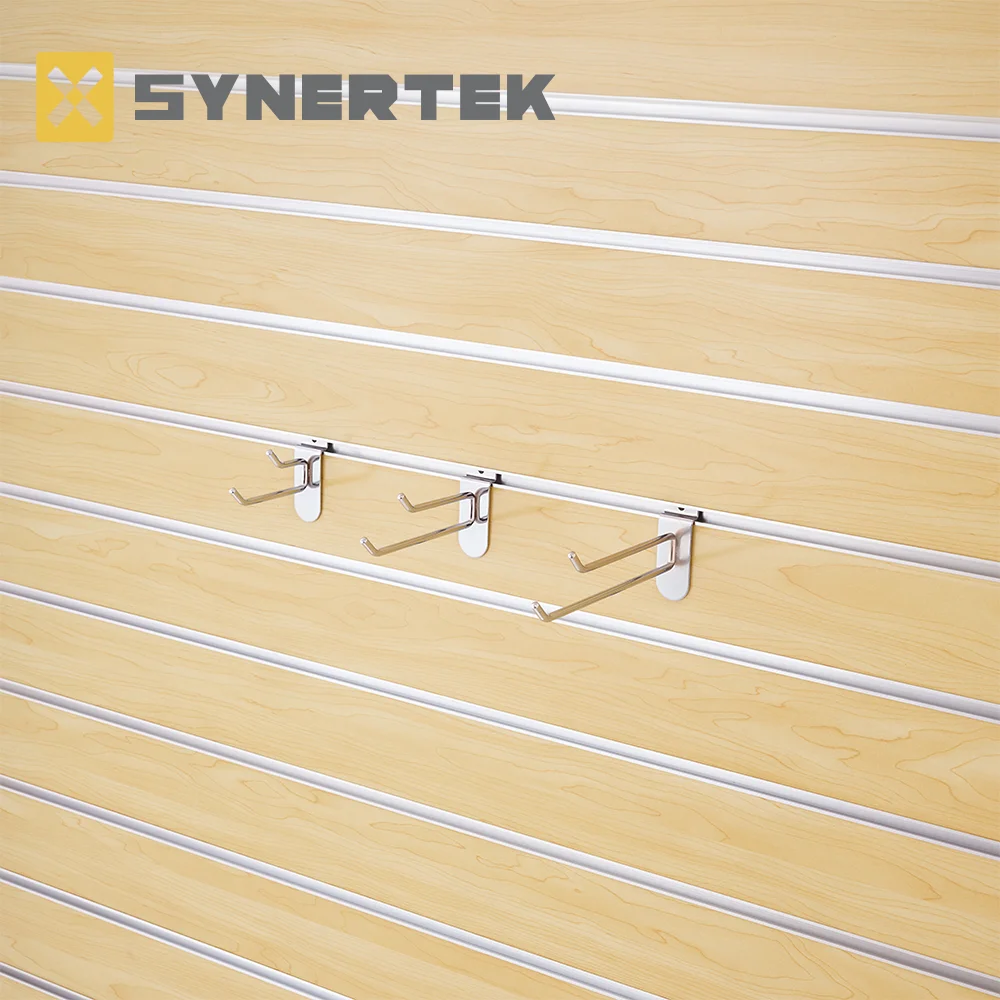Plywood furniture has gained significant traction in contemporary interior design, appealing to both eco-conscious consumers and those seeking stylish yet functional pieces. As with any material, plywood comes with its own set of advantages and disadvantages. This article delves into the multifaceted nature of plywood furniture, providing a comprehensive analysis that can guide consumers in making informed decisions.
Understanding Plywood: A Brief Overview
Before diving into the pros and cons, it’s essential to understand what plywood is. Plywood is an engineered wood product made from thin layers, or plies, of wood veneer that are glued together. This construction method enhances its strength and stability, making it a popular choice for furniture manufacturing.
Pros of Plywood Furniture
- Sustainability and Eco-Friendliness
One of the most significant advantages of plywood furniture is its sustainability. Plywood is often made from fast-growing, renewable wood species, which can be sourced responsibly. Additionally, the manufacturing process typically generates less waste compared to solid wood furniture, making it a more environmentally friendly option.
- Cost-Effectiveness
Plywood furniture is generally more affordable than solid wood alternatives. The cost savings stem from the efficient use of materials and the lower price of plywood itself. This affordability allows consumers to access stylish and functional furniture without breaking the bank, making it an attractive option for budget-conscious shoppers.
- Durability and Strength
Despite being lightweight, plywood is surprisingly strong and durable. Its layered construction provides resistance to warping and cracking, which can be common in solid wood. This durability makes plywood furniture suitable for various applications, from residential to commercial settings.
- Versatility in Design
Plywood can be easily manipulated into various shapes and forms, allowing for innovative designs that cater to modern aesthetics. Its smooth surface can be finished in numerous ways, including painting, staining, or laminating, providing endless design possibilities. This versatility makes plywood furniture suitable for diverse interior styles, from minimalist to industrial.
- Ease of Maintenance
Plywood furniture is relatively easy to maintain. Its non-porous surface can be wiped clean with a damp cloth, and it is less prone to absorbing spills compared to solid wood. This characteristic makes it an ideal choice for families with children or pets.
Cons of Plywood Furniture
- Limited Lifespan Compared to Solid Wood
While plywood is durable, it may not match the longevity of solid wood furniture. Over time, the layers of plywood can separate or delaminate, especially if exposed to moisture. This potential for degradation can be a concern for consumers looking for heirloom-quality pieces.
- Aesthetic Limitations
Although plywood can be finished in various ways, some consumers may find its appearance less appealing than that of solid wood. The visible layers and grain patterns can give plywood a more industrial look, which may not suit every interior design preference.
- Vulnerability to Damage
Plywood furniture can be more susceptible to scratches and dents compared to solid wood. While it is generally durable, the surface can be easily marred, particularly if not properly cared for. This vulnerability may deter some consumers who prioritize aesthetics and longevity.
- Chemical Emissions
Some plywood products are made using adhesives that may emit volatile organic compounds (VOCs), which can be harmful to indoor air quality. Consumers should look for low-VOC or formaldehyde-free options to mitigate this concern, but it requires additional research and consideration.
- Weight Limitations
While plywood is strong, it may not support as much weight as solid wood. This limitation can be a factor for consumers considering heavy items, such as large bookshelves or dining tables. It’s essential to assess the intended use and weight capacity of plywood furniture before making a purchase.
Conclusion: Making an Informed Choice
Plywood furniture presents a compelling option for modern consumers, offering a blend of sustainability, affordability, and design versatility. However, it is crucial to weigh these benefits against the potential drawbacks, such as limited lifespan and aesthetic considerations. By understanding the pros and cons of plywood furniture, consumers can make informed decisions that align with their values and lifestyle needs.



